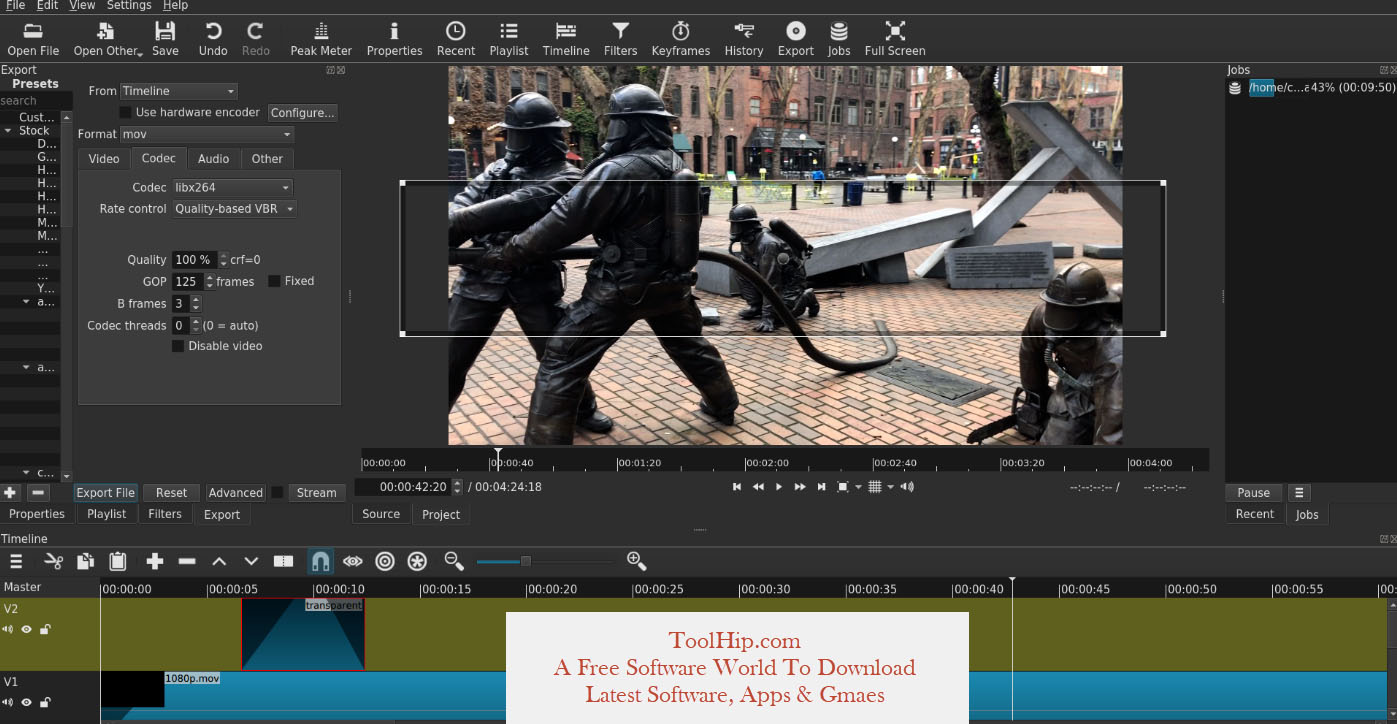
Basic editing with Shotcut is much like most similar tools: Place markers at the start and end of the section you want to cut, copy, or edit. Shotcut played our video with counter and timeline markings delineated in tenths of a second. You can drag and drop files into Shotcut, but we clicked Open File and browsed to an FLV file saved from YouTube. We mentioned Shotcut’s nice touches, and the Quick Start Guide describes another, the ability to control video playback speed, direction, input, and other features by tapping various keys. Shotcut’s View menu let us control which features and displays appear on the screen for instance, closing the Filters, Properties, and Encoder panels left a much larger video window and a much more streamlined layout.

The program’s Quick Start Guide opened inside the preview pane. Shotcut’s user interface is busy but well laid out, with the efficiency and refinement often seen in open-source tools that are vetted by many hands. We ran Shotcut in 64-bit Windows 7 Home Premium SP1. Recent updates include several filters and playlist thumbnails.

The project’s Web site also offers a forum, FAQs, and other resources. Several language options are available, and users can create and share new translations. It’s compatible with JACK Audio and Melted Server technology, and it even offers an experimental GPU Processing feature. It has many user-friendly features for example, it doesn’t notify you of its frequent (almost daily) updates: You simply download an updated version of the program when you want to.

Shotcut is a free, open-source video editor and encoder that can handle a wide range of media formats.


 0 kommentar(er)
0 kommentar(er)
